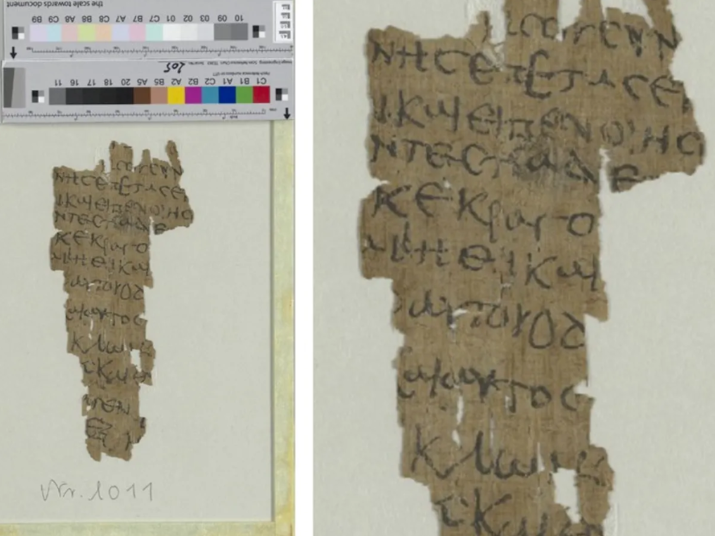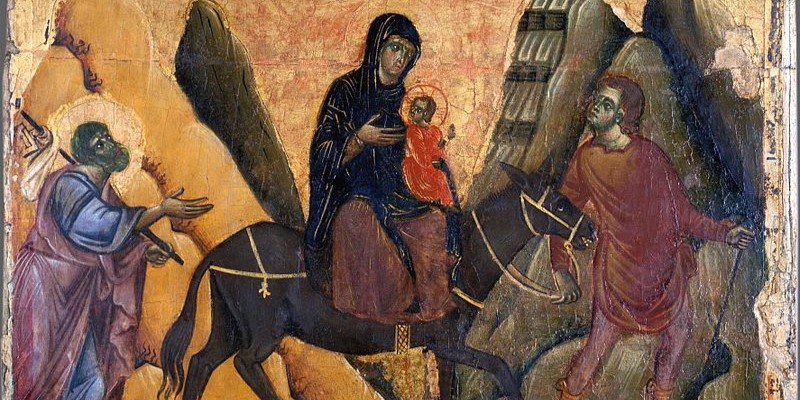A 1,600-year-old manuscript revealing stories from Jesus Christ’s childhood has been identified as the oldest surviving copy of the Infancy Gospel of Thomas.
Others are reading now
When deciphering a 1,600-year-old manuscript fragment, German researchers made a fascinating discovery: they claim to have found the earliest known manuscript of the Infancy Gospel of Thomas, dating back to the 4th or 5th century AD.
This long-overlooked papyrus fragment has unveiled new insights into stories about Jesus Christ’s childhood, which were widely shared during Antiquity and the Middle Ages.
Until now, it was widely believed that the earliest version of this gospel was a manuscript from the 11th century.
The Discovery
The papyrus fragment, cataloged as P.Hamb.Graec. 1011, had been stored at the Hamburg Carl von Ossietzky State and University Library for decades, misidentified as a mundane note such as a personal letter or a shopping list.
Also read
Recent studies by papyrologists Dr. Lajos Berkes and Professor Gabriel Nocchi Macedo revealed that this fragment is actually a part of the Infancy Gospel of Thomas, making it the oldest surviving written copy of this gospel.
Significance of the Manuscript
The manuscript dates back to the 4th or 5th centuries AD, much earlier than the previously known 11th-century codex.
Written in Greek, this ancient document consists of 13 lines describing a miracle performed by Jesus as a child, specifically bringing clay birds to life.
This anecdote, along with others from the Infancy Gospel of Thomas, was not included in the Bible but was popular during Antiquity and the Middle Ages.
“The fragment is of extraordinary interest for research,” stated Dr. Lajos Berkes in a press release. “On the one hand, because we were able to date it to the 4th to 5th century, making it the earliest known copy. On the other hand, because we were able to gain new insights into the transmission of the text.”
Professor Gabriel Nocchi Macedo added, “Our findings on this late antique Greek copy of the work confirm the current assessment that the Infancy Gospel according to Thomas was originally written in Greek.”

Deciphering the Fragment
The manuscript measures approximately four inches by two inches and contains only 13 Greek lines with about 10 letters per line.
The text was deciphered using new technologies that enabled researchers to compare it with other early Christian texts. Initially mistaken for an everyday document due to its clumsy handwriting, the fragment’s significance became clear when the researchers identified the word “Jesus” and matched it with the Infancy Gospel of Thomas.
Dr. Berkes explained, “We first noticed the word Jesus in the text. Then, by comparing it with numerous other digitized papyri, we deciphered it letter by letter and quickly realized that it could not be an everyday document.”
Educational Context
The researchers speculate that the gospel fragment might have served as a writing exercise in a school or monastery, which could explain the clumsy handwriting and irregular lines.
This groundbreaking discovery not only provides the earliest glimpse into the stories of Jesus’s childhood but also confirms the original Greek composition of the Infancy Gospel of Thomas, offering valuable insights into early Christian literature.


